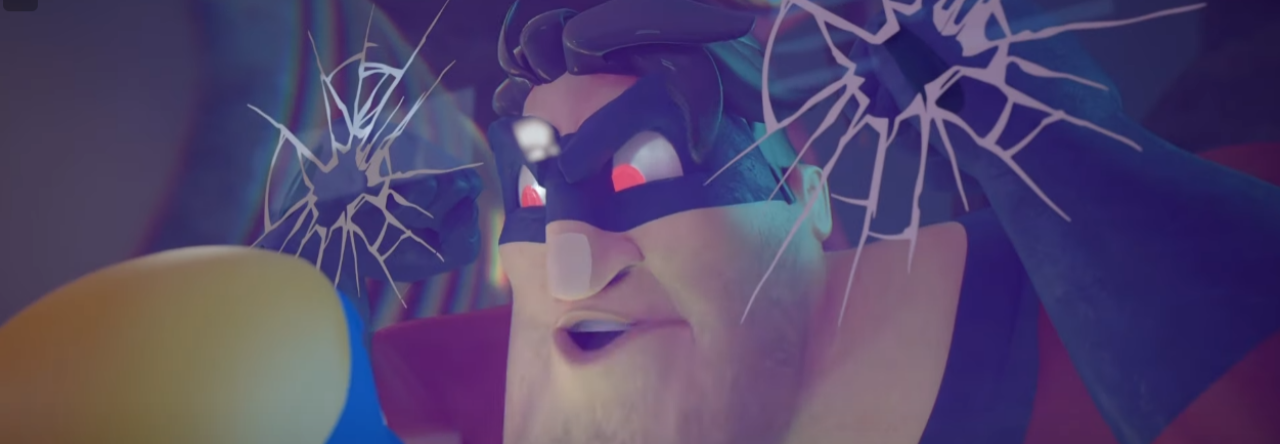One of the most essential tools in a rigger’s toolkit is blendshapes. Blendshapes are deformers that allow an object to change its shape based on the shape of a duplicate. Simply put, it’s a way to get your object to change its form at will to look like something else. Some basic examples of where you could use a blendshape are blink attributes for eyelids (the original mesh would have the eyes open, and the duplicated mesh would have the eyes closed), or even the squash for a ball (the original would be the ball object, and the duplicated mesh would be the same ball in a squashed shape).
The workflow for creating blendshapes is quite simple:
- Duplicate the original object you want to alter.
- Edit the duplicated object to get the shape/look that you want.
- Connect it back to the original object
- Select the changed object
- Shift + select the original object
- Go to the Rigging menu dropdown > Deform > Blendshape > Option box > Create Blendshape
By connecting the duplicate back to the original, you create a blendshape node on the original object that takes values as input (default 0) which let you determine how much you want your object to look like your blendshape. It’s a sliding scale from 0 to 1, with 1 showing the full influence of the blendshape on the object. To see and edit your blendshape(s), go to Windows > Animation Editors > Shape Editor. From here you can make quick edits and reapply them, and key them in your animations as well.
Blendshapes can be used for a variety of cases in which you need specific control over certain parts of your object, such as facial rigging, corrective deformations, and muscle/skin controls. For more information on the characteristics of blendshapes, how they work, and how to apply them, check out this video clip on the basics of blendshapes by our Intro to Rigging instructor, Eriks Vitolins.
Blendshapes can be used for a variety of cases in which you need specific control over certain parts of your object, such as facial rigging, corrective deformations, and muscle/skin controls. For more information on the characteristics of blendshapes, how they work, and how to apply them, check out this video clip on the basics of blendshapes by our Intro to Rigging instructor, Eriks Vitolins.
Looking for the best 3D Animation schools? For more information about AnimSchool and our online animation programs, visit us at www.animschool.com


